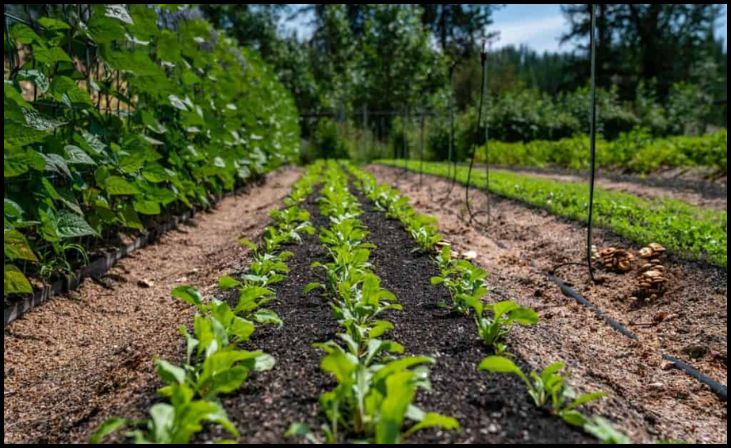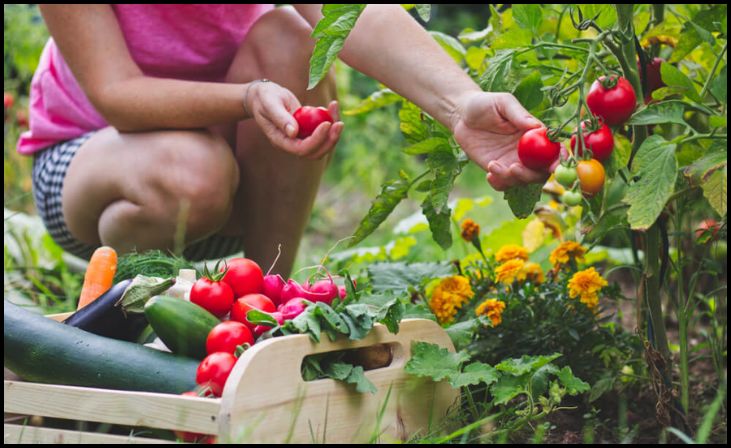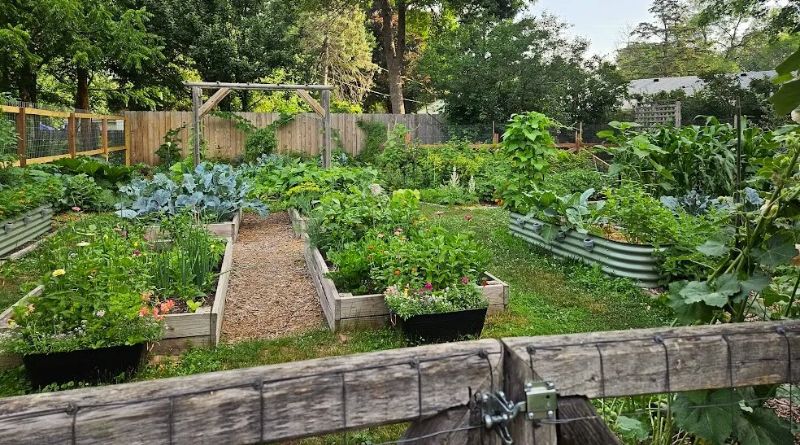Are you thinking about starting an herb garden but not sure where to begin? Designing an herb garden can be both a creative and practical endeavor. Whether you have a spacious backyard or a small balcony, there are countless ways to arrange your herbs to maximize growth and aesthetic appeal. Here are seven herb garden layout ideas to inspire your green thumb.
1. Traditional Rows

Creating a traditional row garden is a classic way to organize your herbs. This method involves planting herbs in neat, linear rows, either in raised beds or directly in the ground. Group similar herbs together, such as basils in one row and thymes in another, to make identification and maintenance easier. Labeling each row ensures you can quickly find and care for each type of herb. Traditional row gardens are efficient and straightforward, making them ideal for beginners.
2. Tiered Garden
A tiered herb garden adds dimension and makes excellent use of vertical space. By using elevated planters or shelves, you can create layers of greenery. Place taller herbs like rosemary and basil at the back or top tier, and shorter herbs like thyme and parsley in front or on lower tiers. This not only looks visually appealing but also ensures that all plants receive adequate sunlight. Tiered gardens can be set up against a wall or as standalone units, perfect for both small and large spaces.
3. Spiral Garden

Spiral herb gardens are both functional and visually striking. This design involves arranging herbs in a circular pattern, starting with taller plants in the center and spiraling outward with shorter herbs. The spiral shape maximizes space and creates microclimates for different herbs, allowing you to grow a diverse range of plants in a small area. This layout is particularly useful for permaculture enthusiasts and those looking to add an artistic touch to their garden.
4. Container Garden
For those with limited space or who prefer a flexible gardening solution, container gardening is the way to go. Grow herbs in various pots, planters, and hanging baskets placed on patios, balconies, or windowsills. Containers can be easily moved to adjust for sunlight or to bring plants indoors during adverse weather. Use a variety of shapes and sizes to create an eclectic and portable herb garden. This method also allows for easy soil customization to suit different herb requirements.
5. Kitchen Garden

Planting a kitchen garden is all about convenience. Position raised beds or containers filled with your favorite culinary herbs near your kitchen for quick and easy access while cooking. A kitchen garden ensures that fresh, flavorful herbs are always at your fingertips, enhancing your meals with minimal effort. Choose herbs you frequently use, like basil, oregano, and chives, and plant them in an organized layout that suits your kitchen’s proximity.
6. Companion Planting
Companion planting is a technique where certain plants are grown together for mutual benefits. In an herb garden, this means pairing herbs that complement each other’s growth or repel pests. For example, planting basil near tomatoes can improve the tomatoes’ flavor and deter insects. Growing mint near cabbage can help keep away pests that commonly affect cabbage. Companion planting promotes a healthier garden ecosystem and can result in more robust and flavorful herbs.
7. Vertical Wall Garden
Maximize space and create a lush, green display with a vertical wall garden. Install pocket planters, hanging pots, or wall-mounted shelves on a fence, trellis, or wall to grow your herbs vertically. This setup is perfect for small gardens, urban spaces, or even as an indoor feature. Vertical gardens are not only space-saving but also make for stunning visual displays. Ensure that your wall garden receives adequate sunlight and water to keep your herbs thriving.




